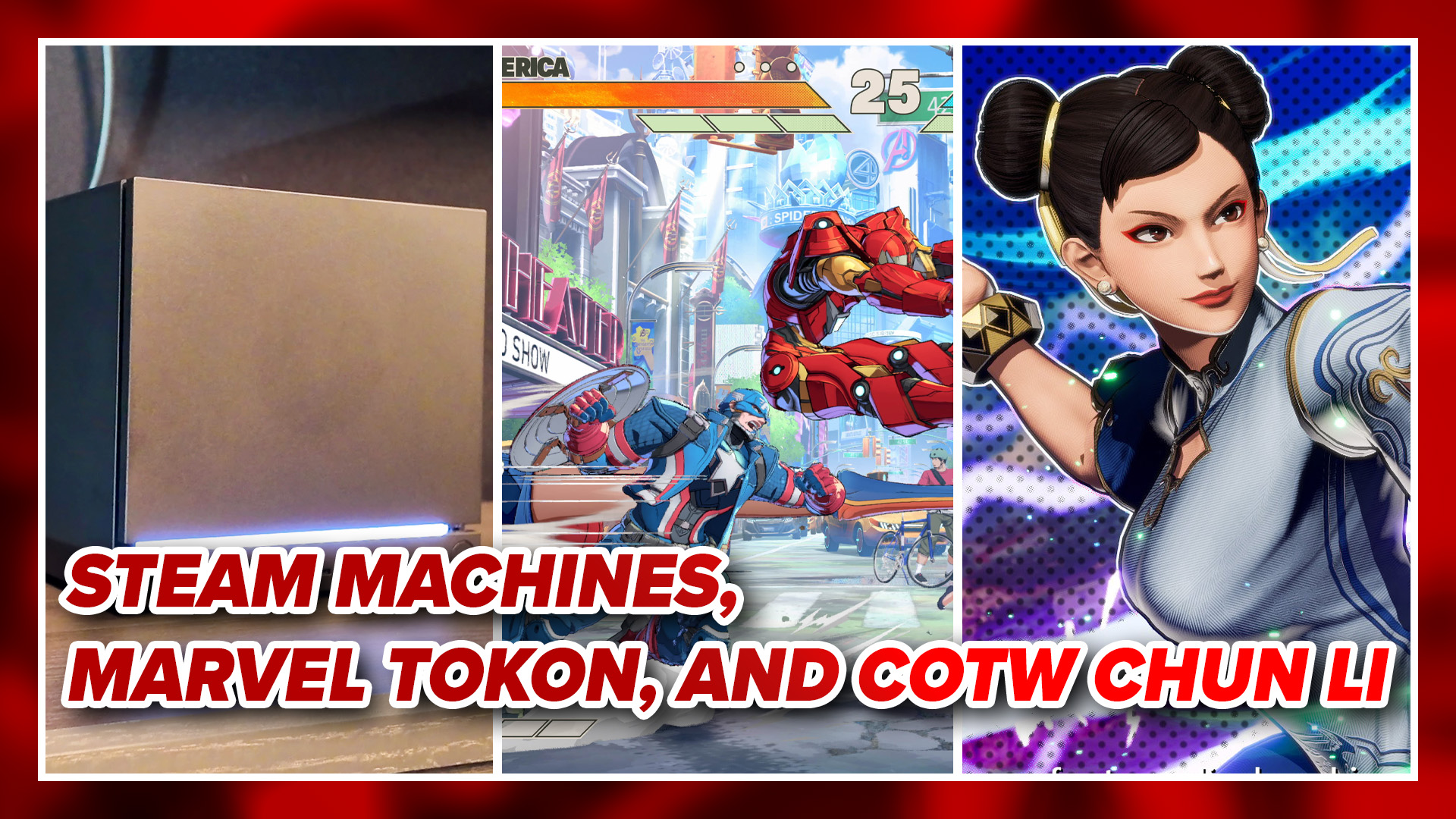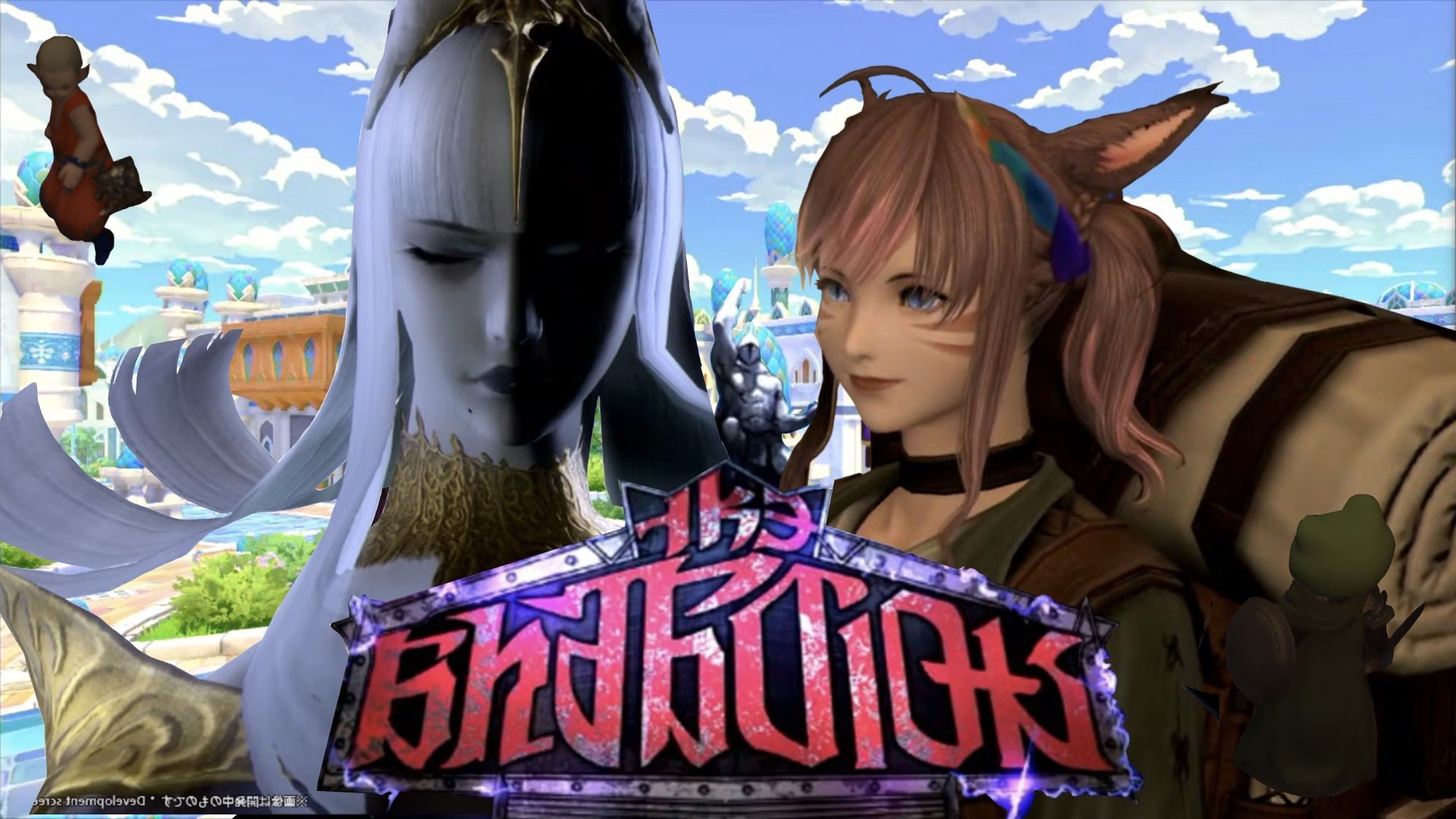
My first face to face encounter with Outland was at PAX East this year. I have to be honest; I almost immediately fell in love with the game. When this happens I get a little worried. Typically games that I fall in love with quickly turn out to be duds. They start out strong, but usually become repetitive or just end up being joyless before they end. I feared this might be the same case with Outland. Thankfully, it was not.
The first thing that grabs you about Outland is the look. Imagine Tron meets Limbo meets some type of tribe, but done tastefully. The entire game looks like it could be written on the wall of some forgotten Mayan ruin. Even though your character and every enemy is shadowy in design, there is detail in the in the lines and emblems you see on every surface and structure. That detail helps you tell enemies apart and shows that Housermarque’s art department didn’t slack on this game. Every area has its own theme and looks distinctly different from other environments. You start off in what appears to be a lush jungle, then move to the crypt-looking underworld, then to a city, and also an icy area.. You aren’t in any location for too long so it feels like the change of scenery comes at the right time every time.
Your initial playthrough of Outland will run you about 5-6 hours to get through the main game. You can add extra time onto that if you try to collect all of the emblems and complete the co-op mode. Even after squeezing every ounce of content out of Outland, the game play doesn’t get repetitive or boring. This is due to not only the various enemies you come across, but also the different raw energy patterns you come across. Before I continue I should explain that a big part of Outland is the balance between darkness and light. Early in Outland, you will gain the ability to wield both light and dark energy. Your current energy type will determine what enemies you can attack, what platforms you can touch and power up as well as what traps you activate. You will quickly find that timing your energy switch is key to being successful in Outland.
After you get these powers, enemies that you come across will be one associated with one of the two energies and to hurt them you will need to be the opposing energy type. If you come across enemies that are your current energy type, you can’t take a breath of relief because they can still hurt you. At first, you come across groups of enemies that are the same energy type; but not too far into the game you will come across enemies that are a mixture of energy types and you will need to think and act fast so you can kill them without dying yourself. On top of that you have raw energy points that spew out either or sometimes both types of energy.

The challenge with the raw energy points is that they don’t just shoot the energy in a predictable direction or pattern. You come across a myriad of different patterns throughout the game and a lot of raw energy points shoot their energy into the path of another raw energy pattern which makes things interesting to say the least. For example, you will find yourself fighting a mixture of light and dark enemies while being in the line of fire of an energy point that can spew both energies… sometimes simultaneously. As the game progresses you will find that these scenarios become more complex; almost like an action puzzle. As you can probably tell, a big part of game play is being able to manage enemies while simultaneously switching between energy types. Sounds easy, but definitely poses a big challenge.
Besides worrying about which energy type an enemy is, you will also have to be aware of their attack type. Some enemies yield axes and just try to hit you; others have swords, maces, and shields while others may dash at you extremely quickly. Those are just the enemies that walk on two legs. You also have to deal with spiders, dragons, and even kamikaze insects. I thought Outland‘s designers put together some interesting groups of enemies; the large cast of enemy types definitely add some challenge to the game.
Each area has a guardian that you will need to defeat before progressing to the next level. Each boss is unique and, naturally, they get progressively harder the further you get into Outland. What I see a lot these days in platformers are bosses with one or two variation; so basically as you progress through the game you fight the same one or two palette swap bosses. For example, the High Priestess battle requires you to be agile while jumping from platform to platform as they fall to the bottom of the level while the Mother of Eyes fight requires you to adjust a cannon to fire while dodging the energy and enemies that Mother throws at you. The boss fights provide a challenge while still being fun to play.
You of course are not without your own arsenal of moves to help you take out these enemies. Your most basic weapon is your sword. You hit stuff with it and they die. The best tactical move your sword has is the uppercut which is capable of stunning enemies or even juggling them. This is how you are going to be able to deal with those larger groups of mixed enemies. In some cases the only chance you have of killing an enemy may be to stun them at the right time. Wall jumping is also one of your key moves that you will find yourself doing quite frequently.

As you progress through the game you will come across shrines that give you additional powers. Basic powers include things like a slide move, ground stomp, and charge attack. You will also get special abilities that require energy to use. These items include things like an overpowered strike from you sword, a beam attack, and a burst attack that lets you gather both dark and light energy around you and shoot it out in all directions. The best thing about these special moves are that they work on any enemy no matter what energy type you currently are. Luckily the Outland control scheme makes it very easy to switch between moves fluidly, so you should be able to handle the larger groups of enemies with a little skill.
There is a ton of replayability packed into Outland. First off, you have your collectibles to find which unlock cool stuff like concept art. There are plenty of secret areas to find as well. As you progress through the game you will find several areas you can’t reach until you have specific powers. For example, some areas you find in the first level won’t be accessible until you have powers from the third or fourth level. Thankfully, you won’t need to start the game from the beginning to get back to these areas.
There is also a teleportation system in Outland that you can use to get back to certain areas. They aren’t all over the place, but there are a few for each area so you can always backtrack if you want to find more collectables. For those that want to share the Outland experience with another, there are the aforementioned co-op modes. Up to two players can play through the story, run up the score in arcade mode, or work together to complete unlockable co-op challenges. Unfortunately, for some reason Housemarque decided not to add local co-op so hopefully you have some friends that are online.
For 800MSP ($10), Outland packs in a lot; great visuals, great gameplay with high replayability, and several co-op options. You definitely get more than what you paid for in Outland so I can definitely recommend picking it up. If you’re still skeptical I would recommend picking up the demo. It should be more than enough to get you hooked.




